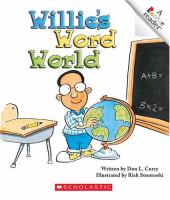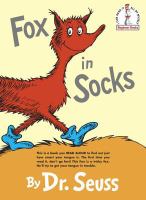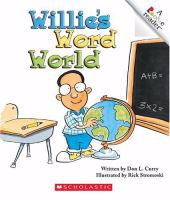Reading Is More Than Just The ABC's
Phonemic awareness is one of the nuts and bolts skills of reading. To read we must first know how to isolate the sounds of our language and then learn the letter and letter combinations that represent those sounds. Beginning readers and readers of any age who are struggling need to practice these skills.
How many individual sounds are there in the English language? Click here for the answer and a helpful audio guide from Cambridge English Online. You'll see that there are many more sounds in English than there are letters.
Learning to hear these different sounds is a crucial skill for children or English language learners as they prepare for reading. Often older readers who are struggling find it helpful to practice these skills as well. Phonemic awareness helps readers when they advance to phonics - learning to put together letters with the sounds they represent.
Here are some suggestions for activities, games and books to help readers learn to isolate phonemes (the individual sounds of words).
Games and Activities
Question and Answer
This skill can be practiced in conversation during teachable moments throughout the day. Use questions like - what sound does the word dog begin with? Does duck begin with the same sound? You can switch from the sounds words start with to the sounds words end with - what sound does bug end with? You can also ask questions like - what sound is the same in these words - bike, bell and boy? Or rug, bug and snug? As you ask these sorts of questions, be sure to emphasize the sounds of the words and say them clearly.
Sound of the Day
I think it might be fun for a family to have a "sound of the day." Today's sound is /b/. How many words can we think of with that sound? Let's listen for words with the /b/ sound today. If there is an alphabet letter that goes with that sound, then you can also look for that letter through out the sound. As you get more advanced, you could also do this with blends like /sh/.
Phonics Word Toss
You will need an object you can throw from one player to another in this activity, such as a ball or stuffed animal. When someone catches the object, they say a word (such as bird). They then toss the object to the other person who must say a word that begins with the ending sound of the first word (such as dog). Continue tossing the object back and forth and coming up with words. You can make the game easier or harder by tossing the object back and forth slower or faster. It can be played with two people or with a group who divides up into teams.
Books That Reinforce Phonemic Awareness
Willie and his classmates create alliterative sentences like "Little Lucy licks lizard lollipops" using the sounds of their names. After you read the book, extend the fun and learning by coming up with your own silly alliterative sentences. ere's one for my name: Deb dunks delicious donuts daily.
 Books with tongue twisters, like the classics Fox in Socks and Oh Say Can You Say? by Dr. Seuss are fun ways to play with the sounds of our language. Tongue twisters are fun to say because of the repeated sounds. Can you and your reader find the repeated sounds in tongue twisters like "Peter Piper picked a peck of pickled peppers" or "Fox in Socks"?
Books with tongue twisters, like the classics Fox in Socks and Oh Say Can You Say? by Dr. Seuss are fun ways to play with the sounds of our language. Tongue twisters are fun to say because of the repeated sounds. Can you and your reader find the repeated sounds in tongue twisters like "Peter Piper picked a peck of pickled peppers" or "Fox in Socks"?The Sound Box series features a boy putting words that begin with each letter of the alphabet in his "sound box." Many of the alphabet books in our collection use a similar format, showing a variety of words that begin with each letter. Even wordless books can be used to practice as you ask "what can you find in this picture that begins with the /d/ sound?
More Resources
Come to our Rally for Literacy Sat, Nov 16, 2-4 pm. We'll have make and take literacy activities for parents and caregivers, a bi-lingual book reading, representatives from local adult education organizations and an opportunity to sign up to be a local Reading Champion.
I love the Reading Rockets website! It's full of great tips and information about improving reading skills. They have a great tip sheet on teaching your child about phonemes. The video below shows a family putting these tips into practice with their child.
Happy reading everyone!











